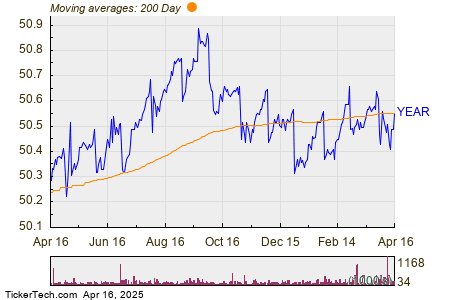Lean Hogs Market Sees Losses Amid Tariff Tensions
Lean hogs continued their downward trajectory on Monday, showing midday losses ranging from 62 cents to $1.50. Meanwhile, April futures rose by 35 cents. The trading limits have been increased to $6 for today. The USDA did not report the national average base hog negotiated price this morning, citing light trading volume; however, the 5-day rolling average stands at $88.15. Additionally, the CME’s Lean Hog Index as of April 3 fell by 36 cents, reaching $88.36.
Tariff Response from the Administration
In a significant development, President Trump has announced a 50% tariff on Chinese goods unless China retracts the recently imposed 34% tariff. He set a deadline of Tuesday, April 9 for China to withdraw these tariffs.
Commodity Updates
Commodity Bulletin: From crude oil to coffee, this FREE newsletter caters to industry professionals and newcomers alike.
As of April 1, the CFTC’s weekly Commitment of Traders data revealed the addition of 3,963 contracts to the net long positions in lean hog futures and options, bringing the total net long to 55,326 contracts.
On Monday morning, the USDA reported the pork cutout value increased by $3.57, bringing it to $99.34 per cwt. The belly was the only primal reported lower, while the ham experienced a significant rise, increasing by $9.78. Last week, USDA estimated the Federally inspected hog slaughter at 2.52 million head. This figure is an increase of 40,000 head from the previous week and 111,777 head higher than the same week last year.
Current Hogs Prices
Apr 25 Hogs are trading at $87.725, up $0.350.
May 25 Hogs are at $84.500, down $0.625.
Jun 25 Hogs is listed at $90.075, down $1.475.
On the date of publication, Austin Schroeder did not hold (either directly or indirectly) positions in any of the securities mentioned in this article. All information and data in this article are for informational purposes only. For further details, please view the Barchart Disclosure Policy
here.
The views expressed herein are solely those of the author and do not necessarily reflect the opinions of Nasdaq, Inc.


